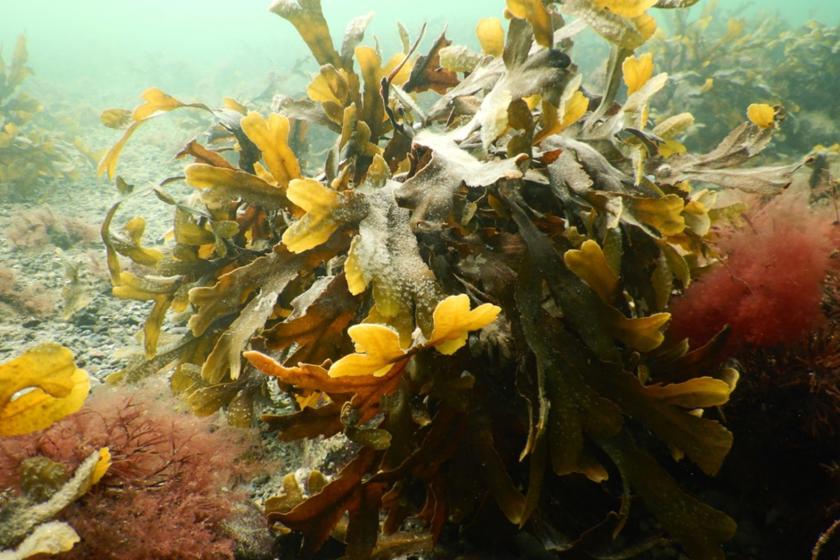In Nordic mythology, Ægir is the king of the sea. It is also the name of the Fehmarn Belt project's environmental portal. The portal is updated with live data from our environmental buoys in the Fehmarn Belt.
Transparent monitoring of the marine environment in the Fehmarnbelt
Considerations for the marine environment are integrated into all phases of the Fehmarnbelt project. Among other measures, we have established a marine monitoring programme, which monitors the marine environment 24/7 – from water quality and marine mammals to seabed ecosystems on both the Danish and German sides.
The monitoring covers:
-
Water quality
-
Seabed flora and fauna
-
Marine mammals and birds
-
Underwater noise
-
Mapping of coastal and seabed developments
The marine monitoring programme for the Fehmarn Belt project is designed to document potential environmental impacts. Data from the programme is publicly available on the environmental portal Ægir.


